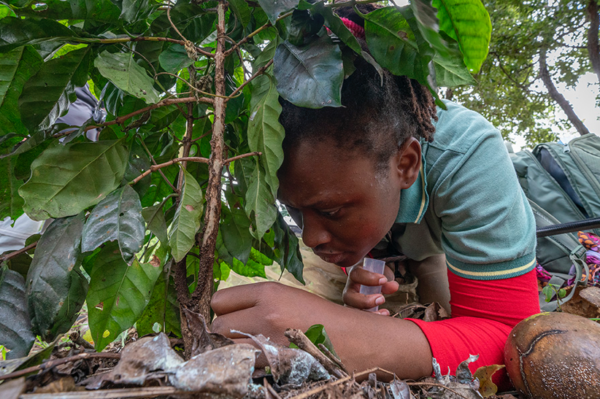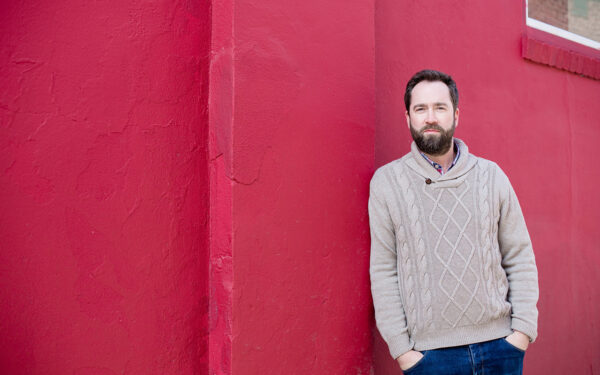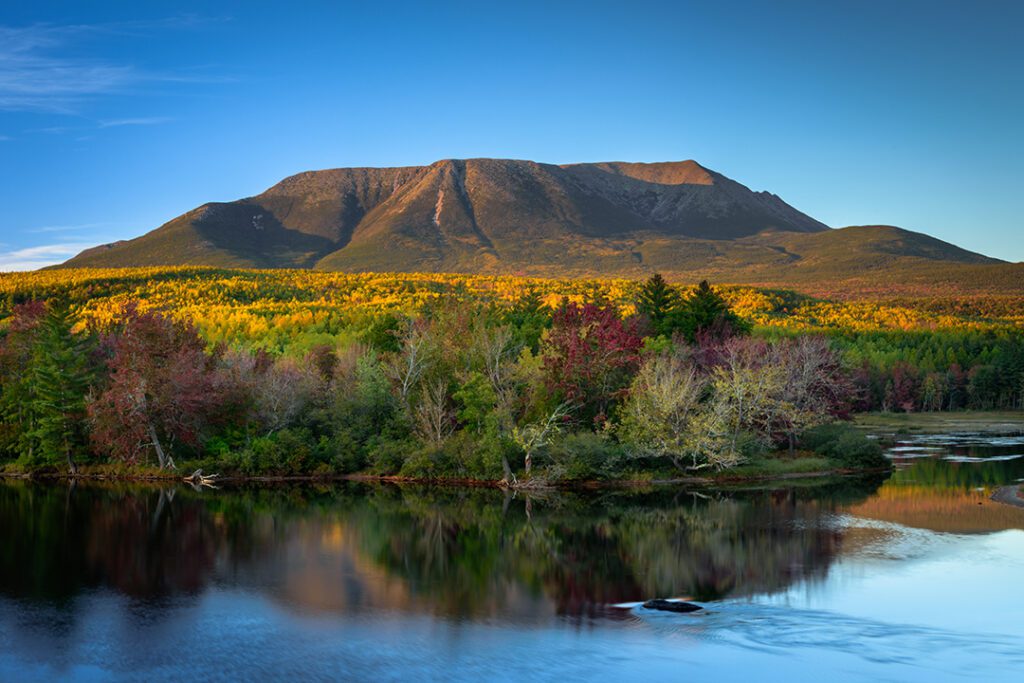By Deborah Kidd
Emerging leaders in business, science, and society will share the inspiration that spurs action.
Commitment is an essential element of conservation strategies—an understanding that protecting nature today means making a promise to the future. Success in restoring our natural world often unfolds across centuries, reflecting years of migrations and multiple lifespans. Connections across society’s sectors that have a stake in our planet’s health also take time to nurture and grow.
In this spirit, the E. O. Wilson Biodiversity Foundation and the Smithsonian Institute present “Our Shared Future – Conversations in celebration of Half-Earth Day 2022” on October 13 in Washington, D.C. The conference will welcome speakers from diverse sectors and perspectives to discuss how we can restore and protect biodiversity worldwide.
We invite you to join the discussion at “Our Shared Future – Conversations in celebration of Half-Earth Day 2022.” The public event will be held October 13 at the National Museum of Natural History in Washington, D.C in the Baird Auditorium, from 12 pm to 5:30 pm. These vital conversations will go global as we share them online to mark Half-Earth Day 2022 on October 22
Several speakers will highlight the intersection between people and nature, including a panel featuring emerging leaders who represent the next generation of biodiversity solutions. Scientist Noriña Vicente will share her work documenting species in Mozambique’s Gorongosa National Park. Her journey to uncover her homeland’s biodiversity began with a spark of inspiration during her childhood, when she saw two women conducting research in the bush in a documentary. “They were in the park, studying the behavior of lions,” Vicente remembered. “I thought, oh wow, there are women studying this!” When she became an intern at Gorongosa Park years later, she met the same women and, “I ran to them! I told them, ‘I love the work that you do, and I think it’s really important.”


Noriña Vicente, Gorongosa National Park, Mozambique.
As a Half-Earth Scholar, Vicente is pursuing a master’s degree in integrative biology at San Francisco State University. But she has been researching biodiversity for several years in Gorongosa. With rainforests, savannas, and wetlands, this patch of the planet is biologically unique. Scientists are still finding new species, but many are already vulnerable even as they are discovered. Vicente managed the zoology specimens at the park’s E.O. Wilson Biodiversity Laboratory, which has discovered more than 100 new species. She specialized her studies on ants—inspired by Wilson’s lifelong work on these important insects.
“They are smallest in size, but gigantic in terms of ecosystem services,” Vicente explained. “Because they are tiny, people misinterpret them. But they are helping to clean the ecosystem, degrade organic matter, and fertilize soils. And they do that for free! We need to look at them in a different way.” Through her research—and her camera lens—Vicente offers a fresh perspective .
As organisms rely on one another within ecosystems, humans rely on healthy ecosystems across our planet. Ants in the forests of Mozambique may seem distant from daily concerns. But their behaviors and habitats reflect the health of the environment around them, upon which humans rely for food, jobs, wellbeing, and safety. “Everything is connected,” Vicente said.


Lucas St Clair. Photo 2022.
The edge of North America’s boreal forest is half a world away from the acacia trees of Gorongosa, but Lucas St. Clair also recognizes the power of connection in preserving nature’s biodiversity across generations. When his family transferred the lands that would become the Katahdin Woods and Waters National Monument in central Maine, St. Clair built thoughtful connections between residents, local businesses, governments, and conservationists.
The monument is part of a 20 million acre forest that flows into New Hampshire, Vermont, New York, New Brunswick, and Quebec. St. Clair recalls growing up among the trees of this “massive” forest, how the dormancy of winter, “where the woods are quiet and cold,” can suddenly shift to springtime. “Everything explodes at once,” St. Clair described. “The leaves, bugs, birds come with a vengeance.” The trees that surrounded him provide temporary homes for migratory songbirds, and their calls turn the silent forest into a cacophony. These connections, among birds, trees, and humans, inspire his commitment to biodiversity.
St. Clair serves as president of the Elliotsville Foundation, which aims to align innovative conservation with community development, and he will join a multi-sector panel at Our Shared Future to reflect on an approach to conservation that creates impact. “An individual’s vision can be profound and cataclysmic for massive change, but it has to be joined by the forces that can propel it into the space of possibility. We can only solve humanity’s biggest challenges,” St. Clair said, through “collaborative thinking where the goal is to solve for ‘yes.’”


While the Katahdin Woods and Waters National Monument’s designation is relatively young, established in 2016, St. Clair and his family’s Elliotsville Foundation are working with the National Parks Service, the Penobscot Nation, and the Wabanaki Confederacy to recognize ancestral stewardship of the region. The history of Indigenous people on this landscape stretches back through hundreds of generations. The monument’s visitor center will prioritize Indigenous history and the worldview that fostered deep connections to the land.
In Gorongosa, Vicente recognizes how integrating cultural and biological information can engage rural and Indigenous communities who live among and alongside vulnerable species. “We may talk about why the lion is important to the ecosystem,” she said, “and give them a chance to tell us why it is important to their culture.” Their sources of inspiration may differ, but among scientists and residents of Gorongosa’s buffer zone, the goal is the same: protection of our environment and the species that share it.
Cultural connections are built across generations, too. In their practical efforts to understand and solve the planet’s biodiversity challenges, Vicente and St. Clair recognize they carry a vision that has lasted longer than lifetimes, and one that will outlive them, too. “I like to think what I’m doing is not just something that will stay with me,” Vicente said. “As an African woman, I want to inspire other people, especially young girls.”
St. Clair’s young children motivate his commitment to conservation, just as his parents fostered a connection to the natural world during his childhood in the woods of Maine. “Leading by example is the way we are going to inspire generations to come,” he said. “How do we show up for our community? What do we prioritize? Our actions speak so loudly.”
Don’t miss the conversations that will spur the world’s next steps to protect biodiversity and our planet’s health. Join the conversation at Our Shared Future.


